28 pages • 56 minutes read
Stephen CraneThe Bride Comes to Yellow Sky
Fiction | Short Story | Adult | Published in 1898A modern alternative to SparkNotes and CliffsNotes, SuperSummary offers high-quality Study Guides with detailed chapter summaries and analysis of major themes, characters, and more.
Story Analysis
Analysis: “The Bride Comes to Yellow Sky”
The story’s structure functions primarily as an allegory for the usurpation of the authentic and vital West by the domesticated and decadent East. It depends on characters and symbols to represent oppositional modes of life. For example, the train symbolizes the rapidly approaching forces of an interdependent, urban environment governed by laws and social structures that rely on cooperation and compliance. Potter’s house represents the culmination of that process. Scratchy is stunned to find him unarmed. Furthermore, Potter has a wife now, further evidence of his thorough domestication. These details stand in contrast to the spirit of the Wild West, represented by Scratchy. He is Jack Potter’s foil—the villain to his hero—and represents a bygone era characterized by a dangerously untamed masculinity. In fact, the death of this particular brand of masculinity is one of the primary casualties of the loss of the frontier lifestyle.
Essential to appreciating this ethos is an understanding of the western genre, which captured the popular imagination for more than 100 years and continues to inspire additional iterations in television, books, and movies. Crane presents—but subverts—several of the conventions of the genre, including its stock characters and predictable plots.
Related Titles
By Stephen Crane
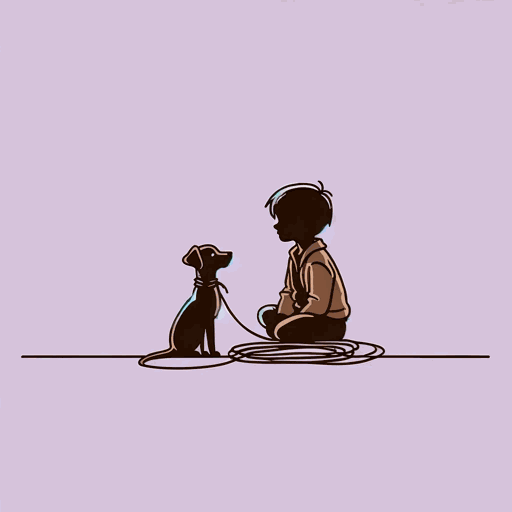
A Dark Brown Dog
Stephen Crane
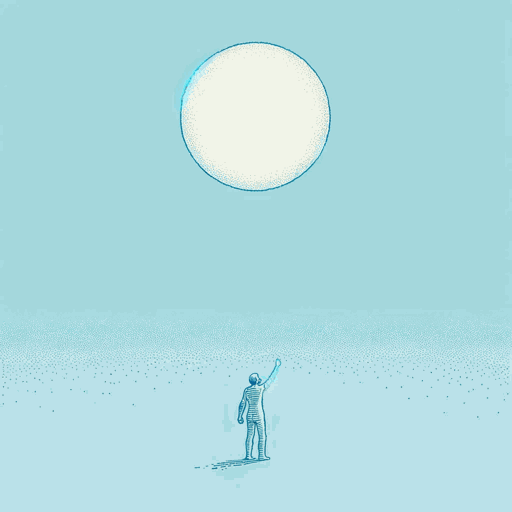
A Man Said to the Universe
Stephen Crane
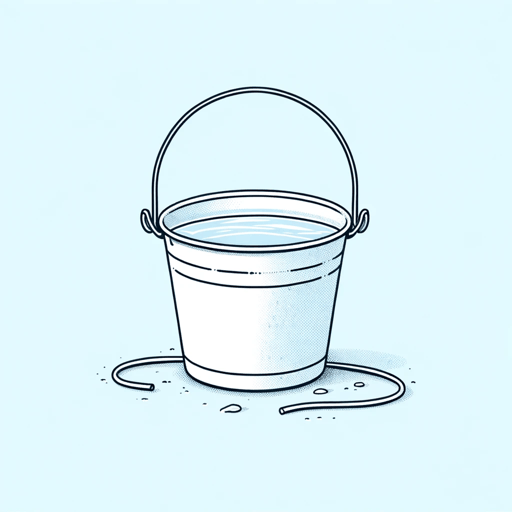
A Mystery Of Heroism
Stephen Crane
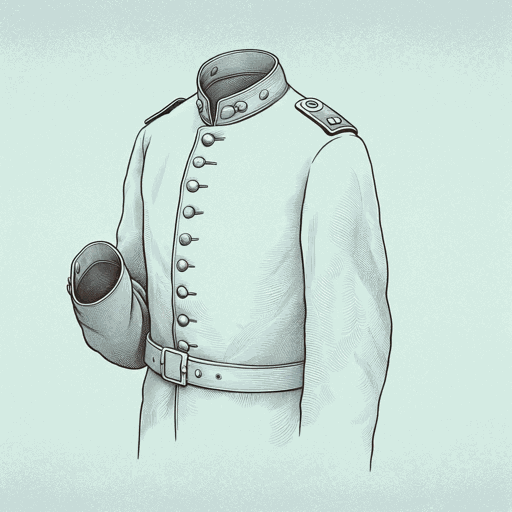
An Episode of War
Stephen Crane

Maggie: A Girl of the Streets
Stephen Crane

The Blue Hotel
Stephen Crane
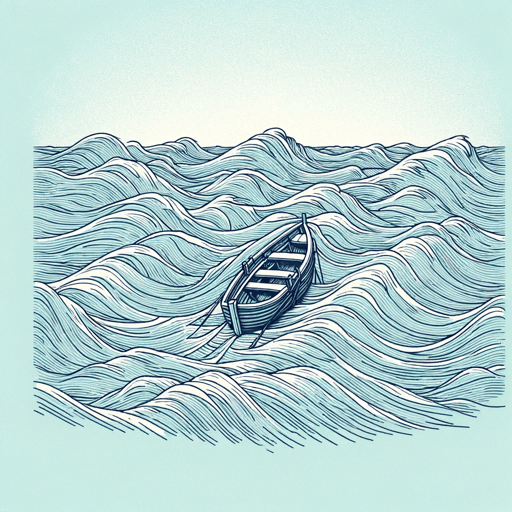
The Open Boat
Stephen Crane
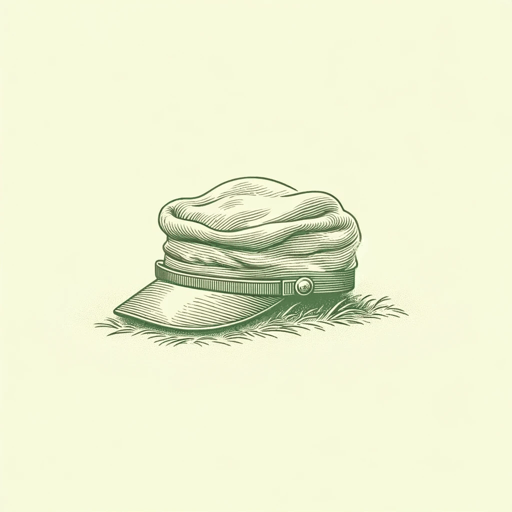
The Red Badge of Courage
Stephen Crane

